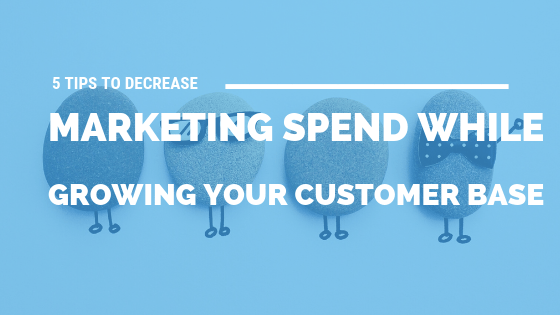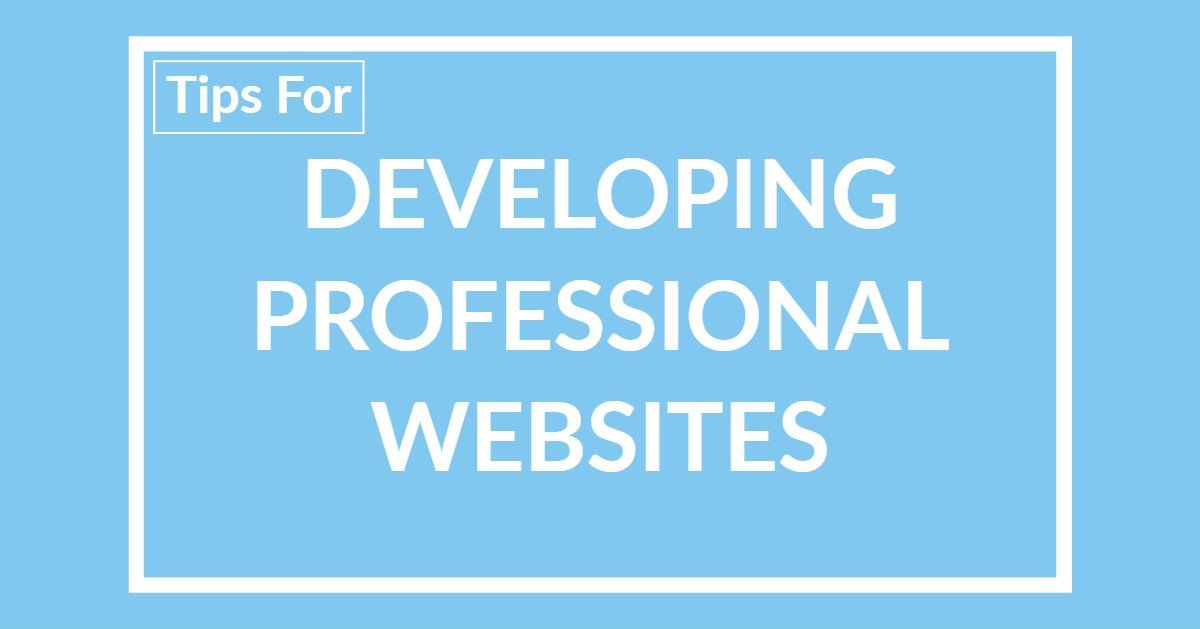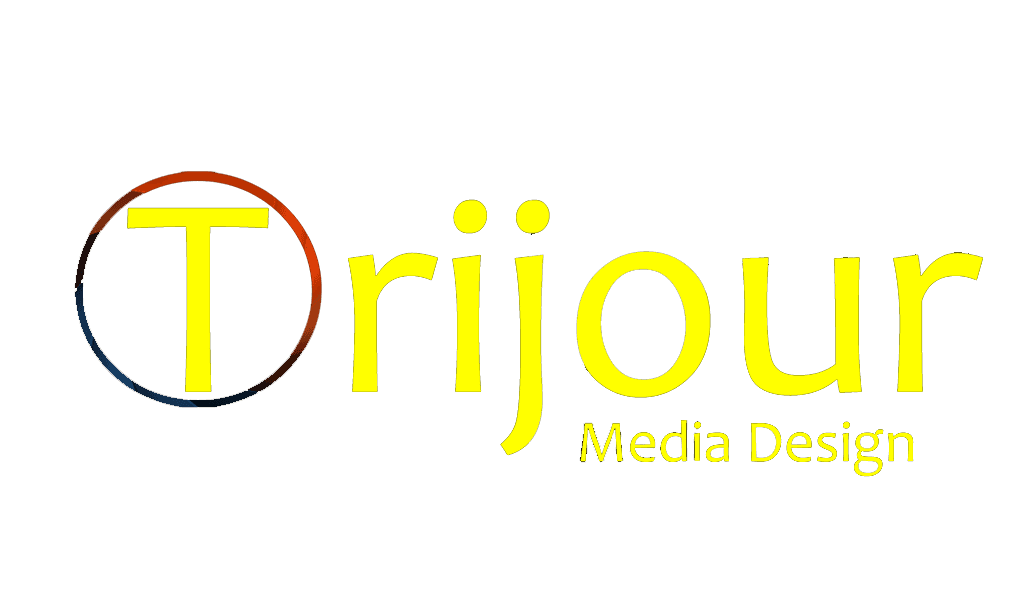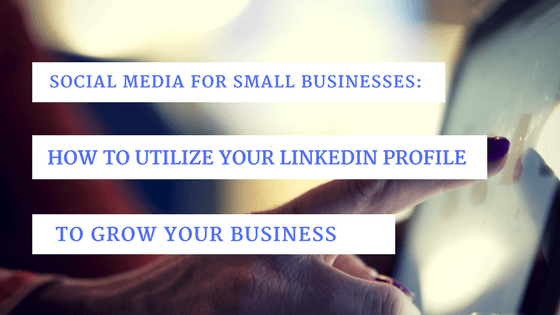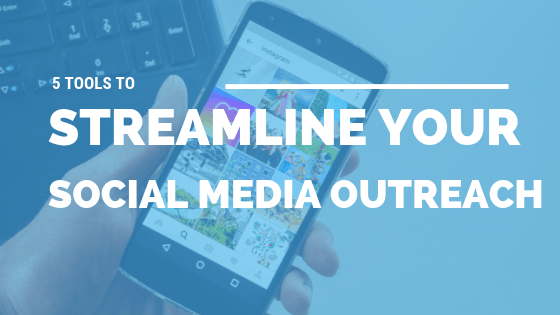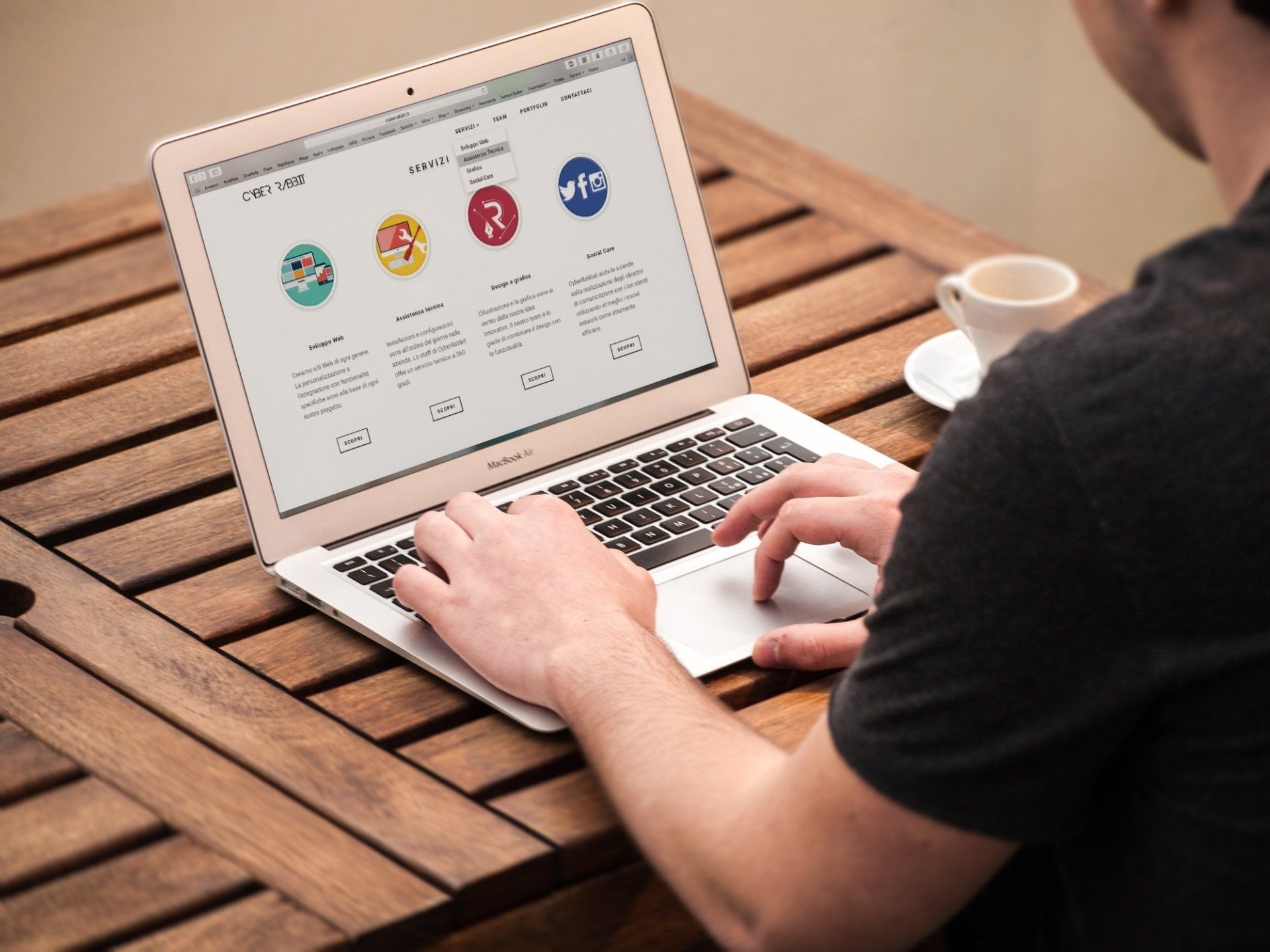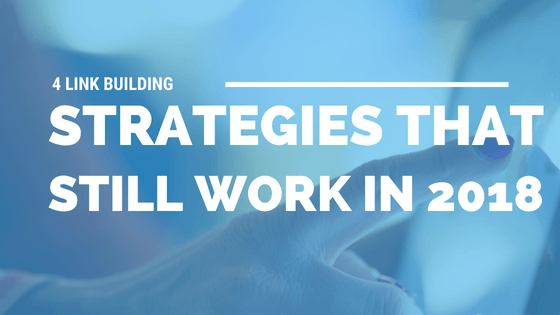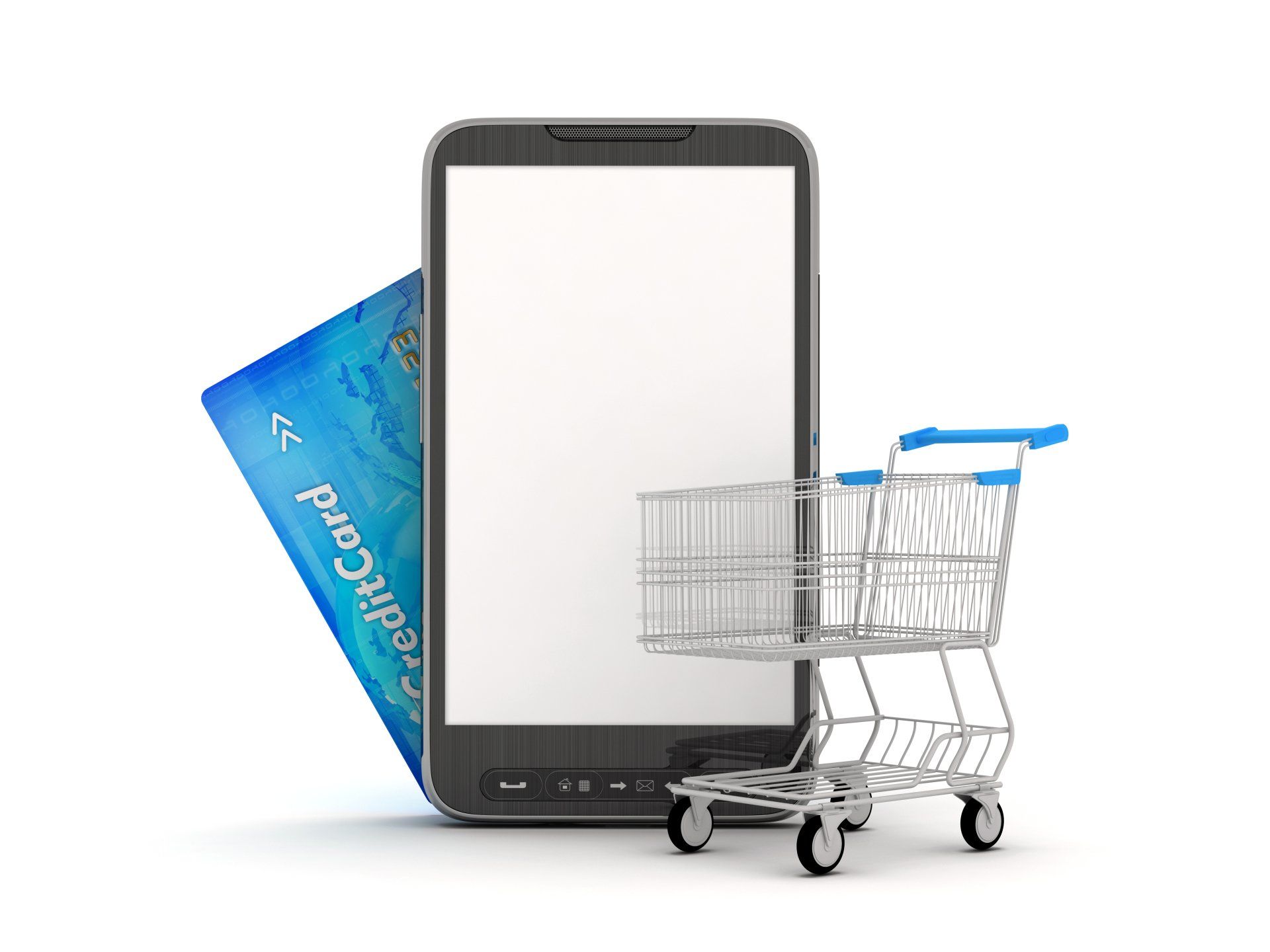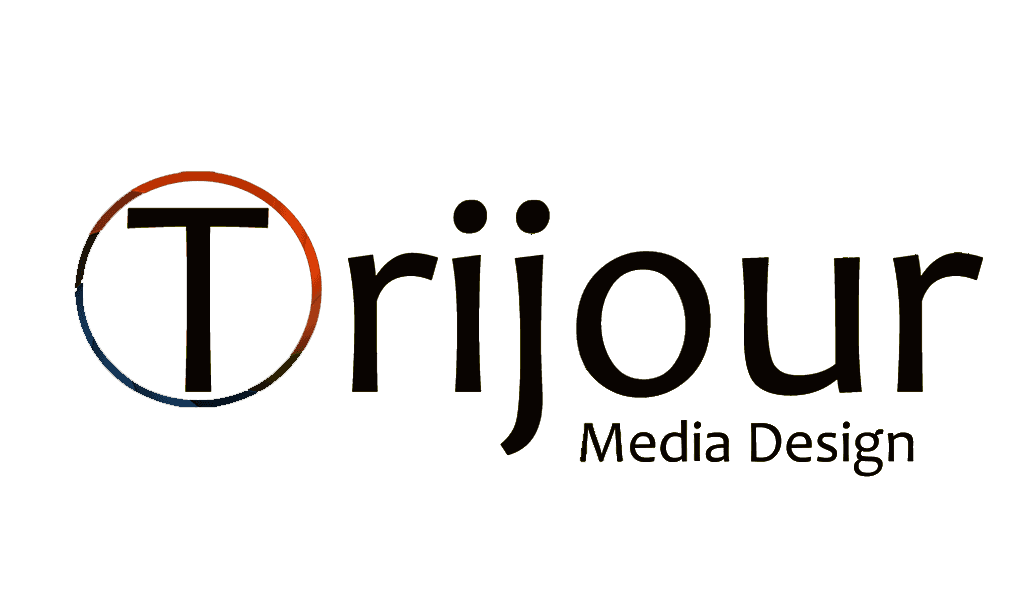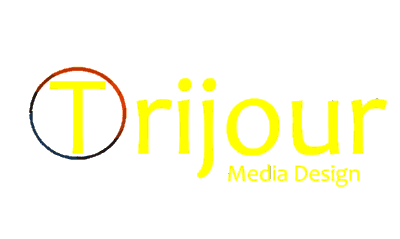Social Media for Small Businesses:
How to Utilize Your LinkedIn Profile to Grow Your Business
Building a social network is an important aspect of life for
everyone, and the Internet has made that task both easier and much more
complicated. For small business owners, in
particular, the necessity of establishing a brand, gathering contacts, and
maintaining relationships with customers and collaborators makes social media
an essential requirement. Social platforms give small businesses access to
opportunities they would have been denied in the past. Read on to learn how to
utilize LinkedIn to help your business expand.
1. Make Connections That Matter
While on other social sites, you might want to shoot for a high number of followers, on LinkedIn you should look for quality over quantity. When seeking out profiles of people to connect with, you should have a checklist of things to look for before sending a request. Is the person you’re seeking a connection with involved in your field? Are they an active user of LinkedIn? You can usually tell by their profile. Do they have a good picture uploaded? Is all of their information filled out? If not, they’re probably not very active on the site. You don’t want to waste your time, or your requests, so seek out connections that can be materially useful to you.
2. Have Your Pitch Down Pat
Making a sales pitch is different on LinkedIn than on email or other networking platforms. You’ll want to have your pitch coordinated with the content on your profile so that upon reaching out, people will be able to immediately access your marketing materials and other elements of your sales funnel. Focus on what you have to offer to potential customers, and include a clear call to action inviting them to learn more, sign up for your mailing list, or make a purchase. Make a note of what works and doesn’t so that you can refine your approach over time.
3. Craft Your Profile Carefully
Just as you don’t want to connect with people who haven’t put any effort into their profile, you shouldn’t be reaching out to people if your profile hasn’t been prudently arranged. A branded banner and a professional headshot both go a long way toward establishing you mean business. You should also carefully decide on your headline; if you’re the owner of your small business, using “CEO of *insert business here*” won’t mean anything to users who aren’t familiar with your product or service. Instead, your headline can be your value proposition, the innovation that your company offers that makes it attractive to customers. This lets people know what sets you apart instantly and makes them less likely to dismiss you and click away.
4. Take Advantage of LinkedIn’s Sales-Friendly Search
If you’re using LinkedIn primarily as a sales tool, you’re not alone, even though that’s not its primary function. Although intended mostly for networking, LinkedIn has numerous features that make it a powerful sales tool. Its advanced search function, for example, lets you execute much more detailed searches than other social networks. You can easily filter by industry and position to generate a list of prospective leads in a matter of seconds. This is one area where a premium profile can be helpful, as it allows you to refine your search even further.
Social media has been a major boon to small businesses. Twitter, Facebook, and Instagram allow for cheap or free marketing campaigns that would have previously required a major cash investment and can be useful for building a following. But LinkedIn is one of a few social networks that’s specifically for business. It’s the largest professional networking site out there and can be a valuable asset for growing your small business. Try the suggestions above to get started.
